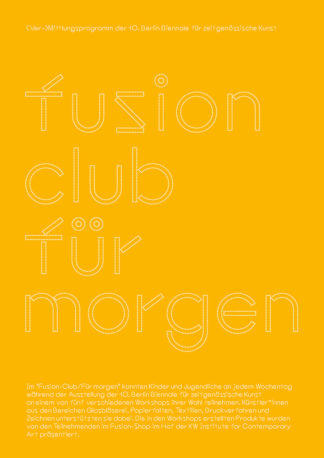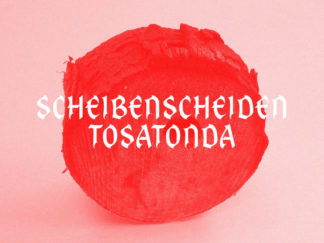André Gunthert, Thomas Kirchner, Marie-Madeleine Ozdoba (Dir.)
Research in art history on the relations between the arts and new media
WEB, PDF, PAPIER, 19,3 X 26 CM, 348 PAGES
This book is a joint publication of the German Centre for Art History (DFK) Paris, NAIMA and the digital platform arthistoricum of the University of Heidelberg.
This publication distances itself from the mythology of new media as a symbol of modernity, seeking to grasp these issues through artistic practices. Far from the technological determinism that has contributed to structuring the field, it approaches media and techniques as tools for investigating art and culture. Twenty-four scholarly and artistic contributions offer an extensive mapping of the most recent research, reconfiguring our understanding of museum practices, of the role of technology, and of the artistic object and the experience of audiences. Offered in two environments, online and in print, this collection puts into practice these new mediations.
With the editorial participation of Sara Alonso Gómez, François Aubart, Juliette Bessette, Marie-Laure Delaporte, Claus Gunti, Caroline Marié, Julie Martin and Marie Vicet.
Table of contents:
- Thomas Kirchner
Avant-Propos - André Gunthert, Marie-Madeleine Ozdoba
Introduction générale : Répondre au défi des arts médiatechniques - Marie-Laure Delaporte, Claus Gunti, Caroline Marié, Marie Vicet
Introduction : Expériences - Schroeter & Berger
Actualization / Dynamic of the Metropolis [Dynamik der Groß-Stadt, László Moholy-Nagy, 1925] - Caroline Marié
Wassily Kandinsky et les images en mouvement
Un spectateur participatif du cinéma expérimental à Hollywood - Adeena Mey
Exhibitionary Feedback
On Cybernetic Serendipity - Marie Vicet
Éprouver la postmodernité
Entre interactivité et simulation du réel dans l’exposition Les Immatériaux (1985) - Zoe Stillpass
Interviews on a New Spatial Paradigm in the Digital Age - Marie-Laure Delaporte
La réalité peut-elle être virtuelle ? L’art dans une bulle - Judith Guez, Marie-Laure Delaporte
Art et réalité virtuelle : présence, illusion et scénographie - Lisa Swanstrom
Application Sentimental Nature, New Media, and the “Not-So-Pathetic Fallacy” - Claus Gunti
Exposer l’art technologique durant le confinement: esquisse d’une typologie de nouvelles formes de médiation interactives - Alan Butler
Le Moment Fabriqué - Carole Nosella
Lueur des images, chaleur des écrans, à propos d’imprégnation médiaticotechnique - Fleur Chevalier
L’image débridée
L’expérimentation audiovisuelle et la télévision en France (1961-1992) - Ariadna Lorenzo Sunyer
Homes for America et Hotel Palenque: diapositive, oralité et circulation des images chez Dan Graham et Robert Smithson - Morgane Stricot
Plaidoyer pour la reconstruction médiarchéologique comme approche complémentaire de conservation des oeuvres d’art média-techniques - Sara Alonso Gómez, François Aubart, Juliette Bessette, Julie Martin
Introduction
Imaginaires - André Gunthert
À la poursuite de l’influence, mythologie des mass media - Juliette Bessette
De l’autre côté du miroir
La conquête de la pensée par les techno-imaginaires - Bruno Trentini
Aux bords de l’immersion
Entre esthétique de l’occultation et éthique de l’inconséquence - Nelly Quemener
Représentations, performances, affects : différents prismes d’analyse des productions culturelles - Mickaël Pierson
Francesco Vezzoli: pervertir l’imaginaire global - François Aubart
Une galerie de personnages
Les stéréotypes et leur manipulation à New York à la fin des années 1970 - Dork Zabunyan, Sara Alonso Gómez, Julie Martin
L’insistance des luttes: images, soulèvements, contre-révolutions - Sara Alonso Gómez, Julie Martin
Contre-visualités
Tactiques artistiques contemporaines à l’ère des nouveaux médias - Samuel Bianchini
Datarase
Installations artistiques en circuit fermé et circuits courts écologiques, comment et pourquoi court-circuiter les dispositifs numériques ? - Katja Müller-Helle
On the Retro-active Impact of Algorithmic Deletion on Art History - Biographies
- Index
- Crédits







